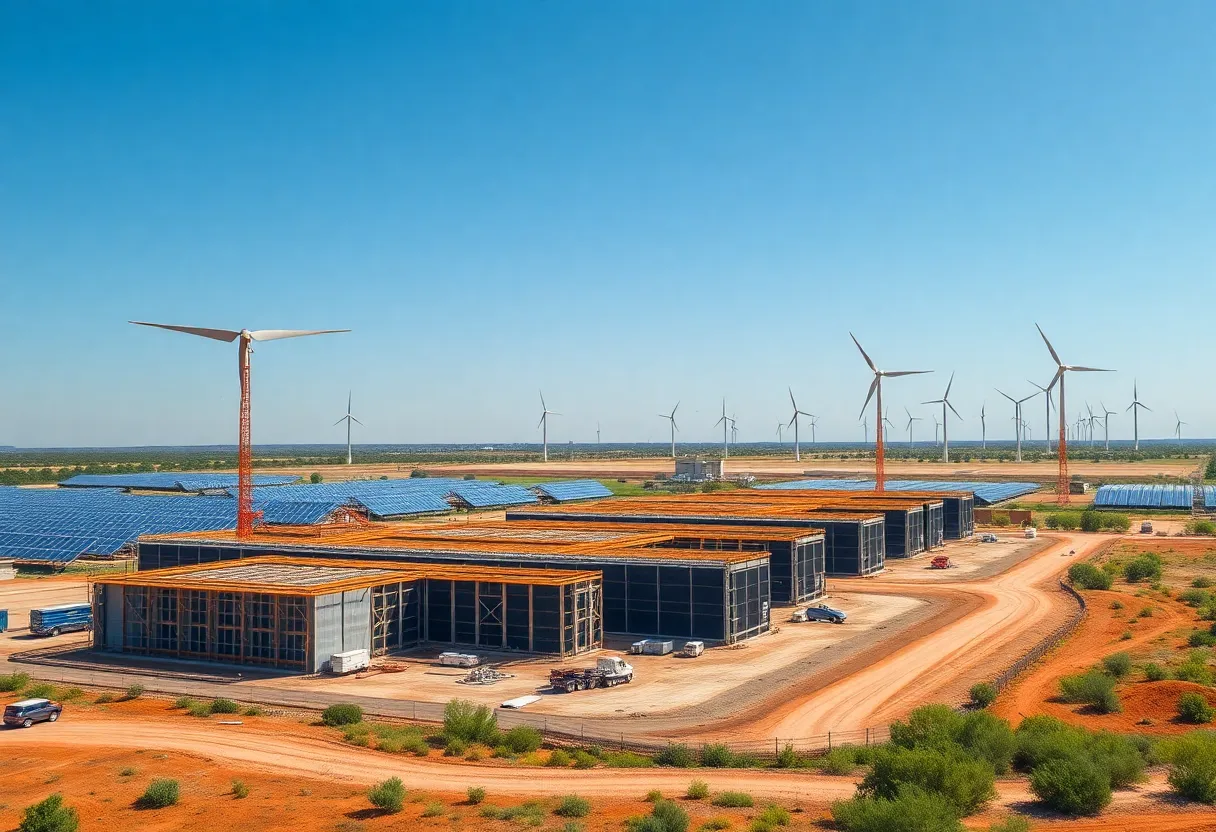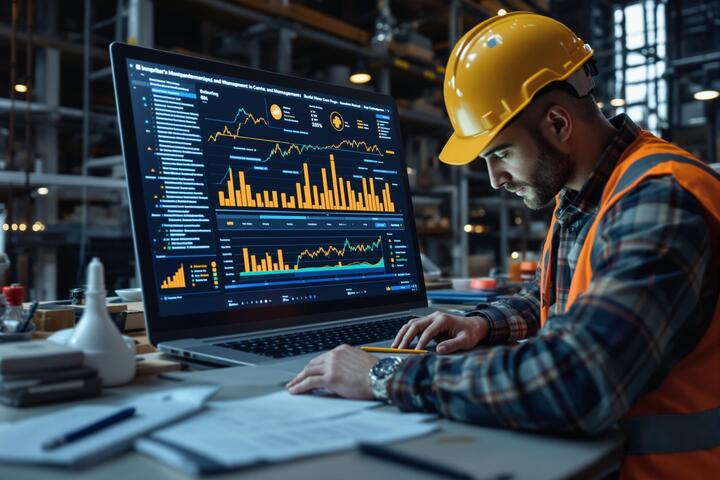News Summary
Texas is preparing for a significant increase in data centers driven by the rising needs of artificial intelligence and a booming digital economy. With predictions that power demands will double by 2030, the state’s energy landscape is set for transformation. A recent joint venture of major players aims to invest $500 billion in infrastructure, fostering economic growth and job creation. However, this surge poses challenges, prompting a reevaluation of energy supply and sustainability efforts.
Texas Preparing for a Data Center Influx as Power Needs Surge
In a bustling Texas, the landscape is shifting as an increasing demand for electricity due to the rise of artificial intelligence and an expanding digital economy is paving the way for a monumental surge in data centers. With experts predicting that power demands will nearly double by 2030, Texas is gearing up for a boom that could change the state’s energy dynamics forever.
Understanding the Boom
Several large users, especially data centers, are driving the spike in electricity consumption across Texas. These facilities require staggering amounts of power—over 100 MW per data center—equating to the yearly energy needs of approximately 350,000 to 400,000 electric cars. The Electric Reliability Council of Texas (ERCOT) anticipates that 2023 will see a 60% increase in energy demand from large users, making up about 10% of the overall electricity forecast.
New Ventures and Projects
Recently, a joint venture named Stargate, including players like OpenAI, SoftBank, and Oracle, was announced. This initiative aims to invest up to $500 billion in infrastructure catering to AI and digital services. With this funding, Texas will soon see at least 10 data centers under construction in addition to another ten more in the pipeline. The first of these facilities will rise in Abilene, each occupying approximately half a million square feet.
The Growing Electric Landscape
As of September, there are 279 data centers operating across Texas, with the Dallas-Fort Worth area being the hot spot housing 141 of them. In the last year alone, data centers in that region consumed 591 MW of power, ranking it as the second-highest in the U.S., just behind the electricity needs of the entire state. Austin and San Antonio are also feeling the demand, with almost 190 MW leased in those cities.
Innovations and Sustainability Efforts
To keep pace with the projected increase in demand, the Texas Energy Fund is stepping in with potential loans of up to $10 billion for constructing new gas-powered plants, although these facilities will take some time to develop and become operational. Some large users, primarily in the crypto mining space, have agreed to reduce energy consumption during peak moments of strain on the grid. In contrast, data centers largely need a steady and unwavering power supply.
The Bigger Picture: National Trends and Texas’ Role
Nationwide, data centers are expected to account for about 11-12% of the national power demand by 2030. With Texas implementing plans aimed at ensuring reliability and affordability for its consumers, state lawmakers are deliberating the necessary infrastructure upgrades. They are keen to determine who should bear the cost without placing an unfair burden on smaller consumers.
Job Creation and Economic Impact
Data centers create numerous job opportunities—each facility typically employing between 50 to 150 people. Additionally, each data center job is believed to support another six jobs within the wider community. While the benefits are evident, companies are exploring local energy generation solutions to mitigate the impact on the existing grid.
Renewable Energy Aspirations
In pursuit of sustainability, various tech companies are aligning their goals with renewable energy sources. Wind and solar power are becoming integral in meeting the emerging needs amidst growing power demands. Texas continues to lead in renewable energy, and new partnerships like the collaboration between TerraPower and Sabey Data Centers are examining advanced nuclear technology to support the energy needs of the burgeoning data centers. Their innovative Natrium technology has a pending construction application and aims for operations to start by 2030, providing a cleaner energy source.
As the demand for digital services grows, Texas is at the forefront of a data center revolution. With strategic planning, innovative solutions, and a focus on sustainability, the Lone Star State is setting the stage for a new era in energy consumption and economic growth.
Deeper Dive: News & Info About This Topic
HERE Resources
Trump Bolsters Military Presence at U.S.-Mexico Border
Williamson County Aims to Support the Unhoused
New Era Helium and Sharon AI Launch Data Center Venture
President Trump’s Stargate Project Launches in Texas
Cedar Park Youths Shine as Amisha Sao Recognized as U.S. Presidential Scholar
Georgetown’s Growth Story: A Bright Future for Williamson County
Texas Power Demand Soars: Constellation Energy’s Bold Move
H-E-B Breaks Ground on New Store in Georgetown
University of Austin Launches with Revolutionary Vision
Judge Rules in Favor of Round Rock and Five Cities Against Tax Change
Additional Resources
- Canary Media: Data Centers Driving US Power Demand
- Wikipedia: Data Center
- TechCrunch: OpenAI, SoftBank, Oracle Data Center Project
- Google Search: OpenAI SoftBank Oracle Data Center Project
- Data Centre Magazine: Fort Worth Data Centre Goldmine
- Google Scholar: Sustainable Data Centers
- Data Center Dynamics: Sailfish Multi-Gigawatt Data Center
- Encyclopedia Britannica: Data Centers Texas
- Reuters: Texas Data Center Solar Price Uncertainty
- Google News: Texas Data Center Solar Uncertainty







